How to Train Clients With Cancer (Step-by-Step Guide)
Understanding how to train clients with cancer can provide a meaningful addition to your personal training services. However, it’s crucial to possess the appropriate knowledge and tools to safely and effectively train these clients. Using specific features of personal training software can assist in this process. Discover how to train clients with cancer and all the best personal training business tools you’ll need in this comprehensive guide.
- Training clients with cancer involves a thoughtful approach, focusing on gentle exercises that help maintain strength, flexibility, and overall wellness without overtaxing the body during treatment.
- Most clients with cancer will benefit from low-to-moderate intensity exercises, including resistance training and light aerobic workouts, tailored to their current health status and energy levels.
- Implementing workout and assessment software can help ensure your client’s safety, personalize their exercise routine, and assist them in reaching their fitness goals despite the challenges.
Training special populations, like clients with cancer, can be a rewarding avenue for personal trainers to expand their business.
To effectively train clients with cancer, it’s important to not only understand the condition but also have the right tools to tailor your training; this is where personal training software becomes invaluable. By taking advantage of the features offered by the best personal training management software, you can train clients with cancer in a way that supports their health and empowers them on their journey.
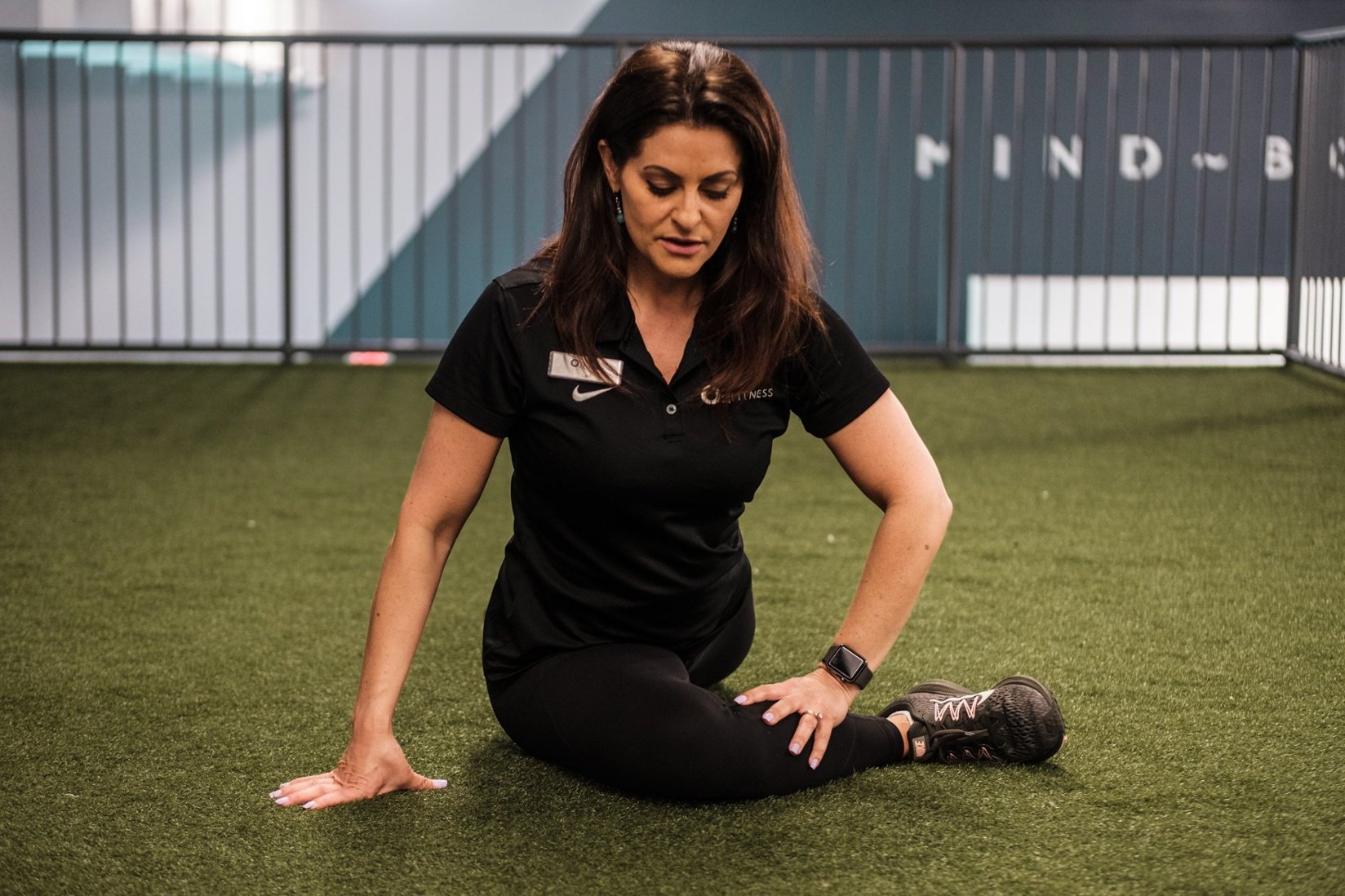
For a firsthand experience of the leading personal training software from Exercise.com, book a demo now!
Table of Contents
Understanding the Unique Needs of Clients with Cancer
As a fitness professional, it is essential to have the knowledge and skills to effectively train clients with cancer. In this article, we will explore the unique needs of clients with cancer, the benefits of exercise for cancer patients, important considerations for training them, creating a safe and supportive environment, developing personalized exercise programs, adjusting intensity and duration of workouts, exploring different types of exercises, incorporating stretching and flexibility exercises, strength training guidelines, cardiovascular exercises, addressing fatigue and energy conservation, managing pain and discomfort, strategies to enhance emotional well-being, nutrition tips, effective communication and emotional support, monitoring progress and adjusting training plans, collaborating with healthcare professionals, empowering clients with knowledge and resources, and inspiring success stories.
When working with clients who have cancer, it is crucial to understand their unique needs and challenges. Cancer treatments can have a significant impact on a person’s physical and emotional well-being. As a trainer, it is essential to be aware of the potential side effects of treatments, such as fatigue, loss of appetite, changes in body composition, and reduced strength. Additionally, it is crucial to recognize that each individual’s experience with cancer will be different, and their ability to participate in exercise may vary. Therefore, it is important to take an individualized approach when designing exercise programs for clients with cancer.
The Benefits of Exercise for Cancer Patients
Exercise can play a crucial role in improving the overall quality of life for individuals with cancer. Regular physical activity has been shown to help reduce fatigue, improve mood, increase strength and endurance, enhance immune function, and enhance overall well-being. Engaging in exercise can also help mitigate the side effects of cancer treatments, such as chemotherapy and radiation therapy. By incorporating exercise into their routine, clients with cancer can experience improved physical and mental health, increased energy levels, and a greater sense of control over their bodies.
Important Considerations for Training Clients with Cancer
When training clients with cancer, there are several important considerations to keep in mind. Firstly, it is crucial to obtain medical clearance from their healthcare team before starting an exercise program. This will help ensure their safety and identify any specific considerations or limitations that need to be taken into account. Secondly, it is essential to adapt exercises and modify the intensity and duration of workouts based on each client’s individual abilities and needs. It is important to encourage clients to listen to their bodies and communicate any discomfort or limitations during their training sessions. Lastly, it is important to regularly assess and monitor the client’s progress, adjust their program as needed, and collaborate with their healthcare team to optimize their training program.
Creating a Safe and Supportive Environment for Cancer Patients
Creating a safe and supportive environment is crucial when working with clients with cancer. This can involve creating a comfortable training space, ensuring proper equipment is available and accessible, and maintaining open and effective communication. It is essential to establish a trusting and collaborative relationship with clients, encouraging them to share their concerns, fears, and goals. By creating an environment where clients feel supported and understood, they will be more motivated and committed to their training program.
Developing a Personalized Exercise Program for Clients with Cancer
Developing a personalized exercise program is vital when training clients with cancer. Each client’s program should be tailored to their individual needs, goals, and abilities. It is important to consider their cancer diagnosis, treatment stage, side effects, and any other medical conditions they may have. The exercise program should take into account their preferences, lifestyle, and schedule. By creating a personalized program, clients will feel empowered and motivated to engage in regular physical activity, increasing the likelihood of adherence and successful outcomes.
Adjusting Intensity and Duration of Workouts for Cancer Patients
When working with clients with cancer, it is essential to adjust the intensity and duration of workouts based on their current health status. Some clients may have higher energy levels and be able to engage in more vigorous exercises, while others may need to start with lower intensity exercises and gradually progress over time. It is crucial to regularly assess their energy levels, fatigue, and any other side effects of their treatment to ensure their workouts are appropriately challenging yet safe. By finding the right balance, clients can experience the benefits of exercise without exacerbating their symptoms.
Exploring Different Types of Exercises Suitable for Clients with Cancer
There are various types of exercises that can be suitable for clients with cancer. These include cardiovascular exercises, strength training, flexibility and stretching exercises, and balance and coordination exercises. Cardiovascular exercises, such as walking, cycling, swimming, or dancing, can help improve overall cardiovascular fitness, increase endurance, and boost mood. Strength training exercises, using bodyweight or resistance bands, can help build muscle strength and improve bone density. Flexibility and stretching exercises can help maintain or improve range of motion, relieve tension, and reduce the risk of injury. Balance and coordination exercises can enhance stability and mobility, reducing the risk of falls. By incorporating a variety of exercises, clients can enjoy the benefits of a well-rounded fitness program.
Incorporating Stretching and Flexibility Exercises into the Training Regimen
Stretching and flexibility exercises are an essential component of any training regimen for clients with cancer. These exercises can help maintain or improve range of motion, enhance flexibility, and relieve muscle tension. Gentle stretching exercises can be incorporated at the beginning or end of a workout session to warm up or cool down the body. It is important to encourage clients to stretch within their comfort zone and avoid any pain or discomfort. By regularly incorporating stretching and flexibility exercises into the training regimen, clients can enjoy improved mobility and a reduced risk of muscle imbalances or injuries.
Strength Training Guidelines for Clients with Cancer
Strength training can offer numerous benefits for clients with cancer. However, it is crucial to follow specific guidelines to ensure their safety and optimize their training outcomes. When designing a strength training program, it is important to start with lighter weights or resistance and gradually increase as the client progresses. It is essential to focus on proper form and technique, ensuring clients maintain good posture and engage the targeted muscles. Incorporating a variety of exercises that target different muscle groups and movement patterns is also essential. Additionally, it is crucial to provide clients with adequate rest and recovery time between sessions to allow their bodies to adapt and repair. By following these guidelines, clients can increase their strength, improve their functional capacity, and reduce the risk of muscle loss often associated with cancer treatments.
Cardiovascular Exercises to Improve Overall Fitness in Cancer Patients
Cardiovascular exercises are an integral part of a well-rounded fitness program for clients with cancer. Engaging in regular cardiovascular exercise can help improve overall fitness, increase cardiovascular endurance, and boost mood. Some suitable cardiovascular exercises for clients with cancer include walking, jogging, cycling, swimming, or using elliptical machines. It is important to start with a duration and intensity level that is appropriate for each client and gradually increase as tolerated. Encouraging clients to find activities they enjoy and can incorporate into their daily routines will help improve adherence and long-term success.
Addressing Fatigue and Energy Conservation during Exercise Sessions
Fatigue is a common side effect experienced by clients with cancer. As a trainer, it is crucial to address and accommodate this fatigue during exercise sessions. This can involve modifying the intensity, duration, and frequency of workouts to match the client’s energy levels and allow for adequate rest and recovery. It is essential to encourage clients to listen to their bodies and take breaks or modify exercises as needed. Implementing energy conservation strategies, such as pacing activities, prioritizing rest, and incorporating relaxation techniques, can also help manage fatigue during and after exercise sessions. By addressing fatigue and energy conservation, clients can maximize the benefits of exercise while minimizing exhaustion.
Managing Pain and Discomfort during Workouts for Clients with Cancer
Managing pain and discomfort is an important aspect of working with clients with cancer. It is crucial to encourage open communication and regularly check in with clients regarding any pain or discomfort they may experience during workouts. Adjusting exercises, modifying intensity or range of motion, and providing appropriate modifications can help alleviate pain or discomfort. It is essential to educate clients about their pain management options, such as using heat or cold therapy, taking medication as prescribed, or working with a physical therapist. By managing pain effectively, clients can continue to engage in exercise safely and comfortably.
Strategies to Enhance Emotional Well-being through Exercise for Cancer Patients
Exercise can have a profound impact on improving emotional well-being for clients with cancer. It is important to incorporate strategies that enhance their mental and emotional well-being during exercise sessions. This can involve creating a supportive and non-judgmental environment, providing positive reinforcement and motivation, and encouraging mindfulness and relaxation techniques. Additionally, incorporating activities that clients enjoy, such as dancing, taking a nature walk, or participating in group exercise classes, can help boost their mood and overall well-being. By focusing on the emotional benefits of exercise, clients can experience a sense of empowerment, improved self-esteem, and a greater ability to cope with the challenges of cancer.
Nutrition Tips to Support Training Goals for Clients with Cancer
Proper nutrition is crucial for clients with cancer, as it plays a significant role in supporting their training goals and overall health. It is important to educate clients about the importance of a balanced diet that includes adequate protein, carbohydrates, healthy fats, vitamins, and minerals. Encouraging clients to consume a variety of fruits, vegetables, whole grains, lean proteins, and healthy fats can help provide essential nutrients and support their training goals. It is also important to address any specific dietary considerations or restrictions that may be present due to their cancer treatment. Collaborating with a registered dietitian or nutritionist can further enhance the client’s nutrition knowledge and help them make informed choices.
Communicating Effectively and Providing Emotional Support to Clients with Cancer
Effective communication and emotional support are crucial when working with clients with cancer. It is important to create a safe space where clients feel comfortable sharing their concerns, fears, and goals. Active listening, empathy, and respect are vital when engaging in discussions about their cancer journey. Providing emotional support can involve offering encouragement, reassurance, and motivation throughout their training sessions. Additionally, it is essential to recognize and address any emotional or psychological challenges clients may be facing and assist them in seeking additional support from mental health professionals or support groups. By effectively communicating and providing emotional support, clients will feel heard, understood, and empowered.
Monitoring Progress and Adjusting Training Plans as needed for Clients with Cancer
Monitoring progress and adjusting training plans are essential components of training clients with cancer. Regular reassessment and evaluation of the client’s goals, functional abilities, and any changes in their health status will help guide program modifications. This can involve assessing any improvements in strength, endurance, flexibility, or overall mood and well-being. It is important to involve clients in the goal-setting process and regularly review their progress to help keep them motivated and engaged. Adjustments to the training plan may be necessary based on the client’s changing needs, treatment schedule, or overall health. By monitoring progress and making appropriate modifications, clients can continue to challenge themselves and achieve their desired outcomes.
Collaborating with Healthcare Professionals to Optimize Training Programs for Clients with Cancer
Collaboration with healthcare professionals is essential when training clients with cancer. It is important to establish open lines of communication with the client’s healthcare team, including oncologists, nurses, and physical therapists. This collaboration can help provide a comprehensive understanding of the client’s medical history, treatment plan, and any specific considerations to be mindful of during exercise. Healthcare professionals can also provide valuable insights into the client’s current physical limitations or restrictions, as well as any health changes that may impact their training program. By collaborating with healthcare professionals, trainers can ensure the client’s safety, optimize training outcomes, and provide a holistic approach to their care.
Empowering Clients with Knowledge and Resources to Continue Training Post-Treatment
Empowering clients with cancer with knowledge and resources is vital to their long-term success in continuing an active lifestyle post-treatment. It is important to educate clients about the benefits of exercise and how it can help them maintain their physical and emotional well-being. Providing them with resources, such as educational materials, reputable websites, or support groups, can further enhance their knowledge and understanding. Additionally, encouraging clients to set realistic and achievable goals for their post-treatment fitness journey can help them stay motivated and focused. By empowering clients with knowledge and resources, they will feel capable and confident in continuing their training and leading a healthy lifestyle beyond their cancer journey.
Inspiring Success Stories: Real-life examples of clients who have thrived through exercise during cancer treatment
Real-life success stories can be incredibly inspiring for clients with cancer. Sharing stories of individuals who have thrived through exercise during their cancer treatment journey can provide hope, encouragement, and motivation.
These success stories can demonstrate the transformative power of exercise and the positive impact it can have on a person’s physical, emotional, and mental well-being. By sharing these stories, clients can be inspired to overcome their struggles, set meaningful goals, and believe in their ability to thrive through exercise during cancer treatment.In conclusion, training clients with cancer requires a comprehensive understanding of their unique needs and considerations.
By taking an individualized and holistic approach to their training program, addressing their physical and emotional well-being, and collaborating with healthcare professionals, trainers can optimize outcomes and help clients thrive through exercise. Through education, support, and encouragement, clients with cancer can experience the numerous benefits of exercise and achieve their desired goals during and beyond their cancer journey.
How do you help a cancer patient cope?
When working with cancer patients, providing emotional support and creating a safe and compassionate environment are crucial. Actively listen to their concerns, validate their feelings, and offer reassurance. Encourage them to express their emotions and provide resources for counseling or support groups. Help them engage in stress-reducing activities such as meditation, deep breathing exercises, or hobbies they enjoy. Encouraging self-care, promoting a healthy lifestyle, and maintaining open communication can also contribute to their overall well-being.
How do you motivate cancer survivors?
Motivating cancer survivors can be achieved by understanding their individual goals, limitations, and interests. Tailor the exercise program to their preferences and help them set realistic and achievable short-term and long-term goals. Celebrate their progress, acknowledge their efforts, and highlight the positive impact that physical activity can have on their overall health and well-being. Provide ongoing support, encouragement, and positive reinforcement to help them stay motivated and engaged in their exercise routine.
How do you make a cancer patient mentally strong?
Supporting a cancer patient’s mental strength involves providing a positive and empowering environment. Encourage them to focus on their strengths and capabilities, reminding them of their resilience and ability to overcome challenges. Help them establish a sense of purpose and meaning by setting meaningful goals related to their recovery and overall well-being. Offer mindfulness and relaxation techniques to manage stress and anxiety. Provide resources for mental health support and encourage them to engage in activities that promote mental well-being, such as hobbies, journaling, or spending time in nature.
What is easy exercise for cancer patients?
For cancer patients, low-impact exercises that can be modified based on their energy levels and physical abilities are often recommended. Walking is a simple and accessible exercise that can be performed at their own pace and adjusted according to their stamina. Gentle stretching exercises help improve flexibility and relieve muscle tension. Water-based activities like swimming or aqua aerobics provide a low-impact workout that reduces stress on joints. Chair exercises or seated yoga can be beneficial for individuals with limited mobility. It is essential to consult with their healthcare team to ensure the exercise program aligns with their specific needs and capabilities.
What is a goal of exercise for a client who is going through cancer treatment?
One of the primary goals of exercise for a client going through cancer treatment is to maintain or improve their overall functional capacity. Exercise can help preserve muscle strength, cardiovascular fitness, flexibility, and range of motion. It can also help manage treatment-related side effects such as fatigue, anxiety, and depression. Additionally, exercise can promote a sense of control, boost mood, and improve quality of life during the challenging journey of cancer treatment. The specific goals may vary based on the individual’s condition and treatment plan, and it is important to work closely with their healthcare team to establish appropriate goals for their exercise program.
Why is exercise important for cancer patients?
Exercise is important for cancer patients because it offers numerous physical and psychological benefits. Regular exercise can help manage treatment-related side effects such as fatigue, nausea, and reduced strength. It can improve cardiovascular fitness, muscle strength, and flexibility, which aids in maintaining functional independence. Exercise also plays a role in boosting mood, reducing anxiety and depression, improving sleep quality, and enhancing overall quality of life. Engaging in physical activity promotes a sense of empowerment and control over one’s health, contributing to a more positive mindset during the cancer journey.
What is one of the most effective psychological interventions for cancer?
Cognitive-behavioral therapy (CBT) is recognized as one of the most effective psychological interventions for cancer patients. CBT focuses on helping individuals identify and modify negative thought patterns, manage stress, and develop coping strategies. It aims to improve emotional well-being, reduce anxiety and depression,
and enhance overall psychological resilience. CBT techniques can be applied to address specific challenges faced by cancer patients, such as fear of recurrence, body image issues, or adjustment difficulties. Working with a qualified therapist experienced in cancer-related concerns can provide valuable support and guidance in implementing CBT interventions.
What do you say to encourage cancer patients?
When encouraging cancer patients, it is important to offer empathy, support, and hope. Use positive and affirming language to reinforce their strengths, resilience, and progress. Express confidence in their ability to navigate the challenges they face and remind them that they are not alone in their journey. Encourage them to focus on what they can control, set realistic goals, and celebrate even small achievements. Let them know that their feelings and experiences are valid and that you are there to support them every step of the way.
What not to say to a cancer patient?
When interacting with a cancer patient, it is important to avoid making insensitive or dismissive comments. Avoid minimizing their experiences or offering unsolicited advice. Refrain from using clichés or making comparisons to other people’s experiences. Instead, listen actively, validate their emotions, and respond with empathy. Respect their autonomy and decision-making, and avoid making assumptions about their condition or treatment. Every person’s journey with cancer is unique, so it is crucial to approach conversations with sensitivity, compassion, and respect.
What exercise is good for cancer patients with fatigue?
For cancer patients experiencing fatigue, gentle exercises that promote relaxation and mindfulness can be beneficial. Activities such as walking, swimming, or cycling at a comfortable pace can help improve cardiovascular fitness and reduce fatigue levels. Low-impact exercises like yoga, tai chi, or qigong can enhance flexibility, balance, and overall well-being. It is essential to listen to the individual’s body and adjust the intensity and duration of exercise according to their energy levels. Encourage regular breaks and rest periods during exercise sessions and provide options for modifications based on their fatigue levels.
Use the Best Personal Training Software to Offer a Stellar Client Experience
Training clients with back pain requires a comprehensive and tailored approach. See how Exercise.com can help.

To learn more about how Exercise.com can help you run your fitness business, book a demo now!
Creating Training Plans for Clients with Cancer
Here’s how you can help your clients accomplish their training goals by using workout plan creator software to create workout plans, run fitness challenges, offer online workout groups, message clients, and more, all from your very own custom branded fitness apps.
Exercise.com stands out as an all-in-one fitness business management software with comprehensive workout plan sales capabilities. The robust member management, billing & invoicing, and unique fitness assessment tools offer a one-stop solution for fitness business needs. Here’s just some of what you can do with the Exercise.com platform:
Engage with clients via automations.
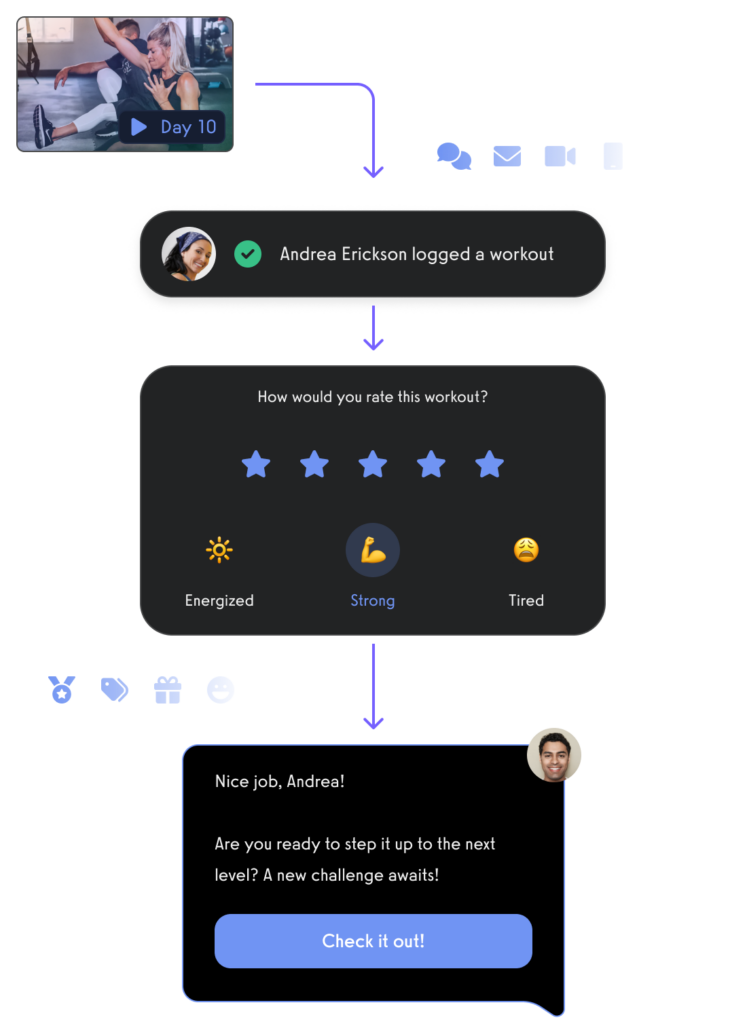
Manage leads with a fitness CRM.
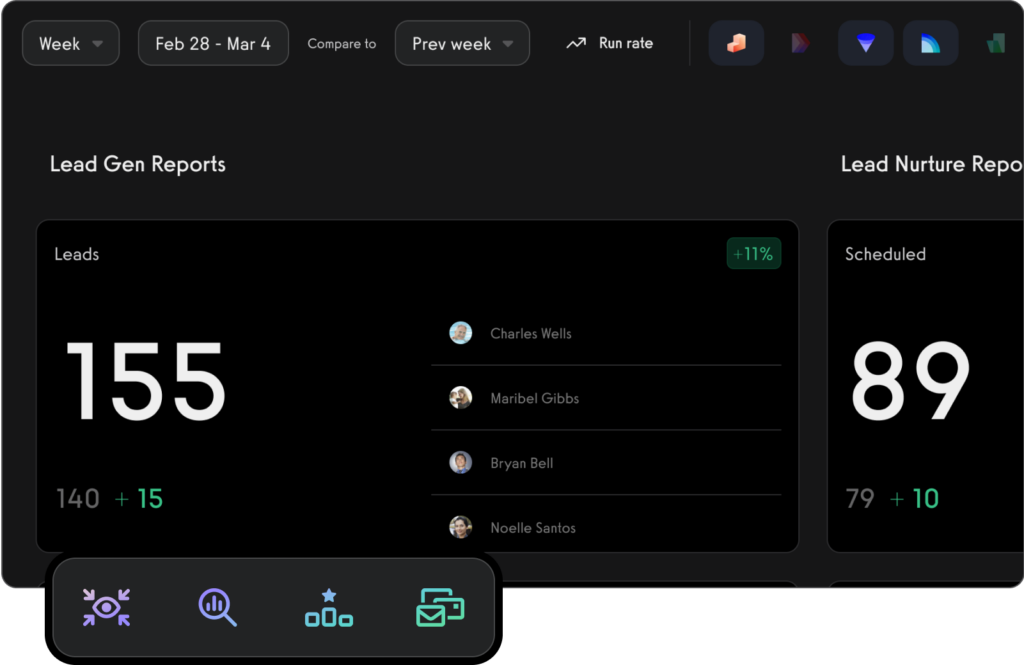
Create and send fitness assessments with ease.
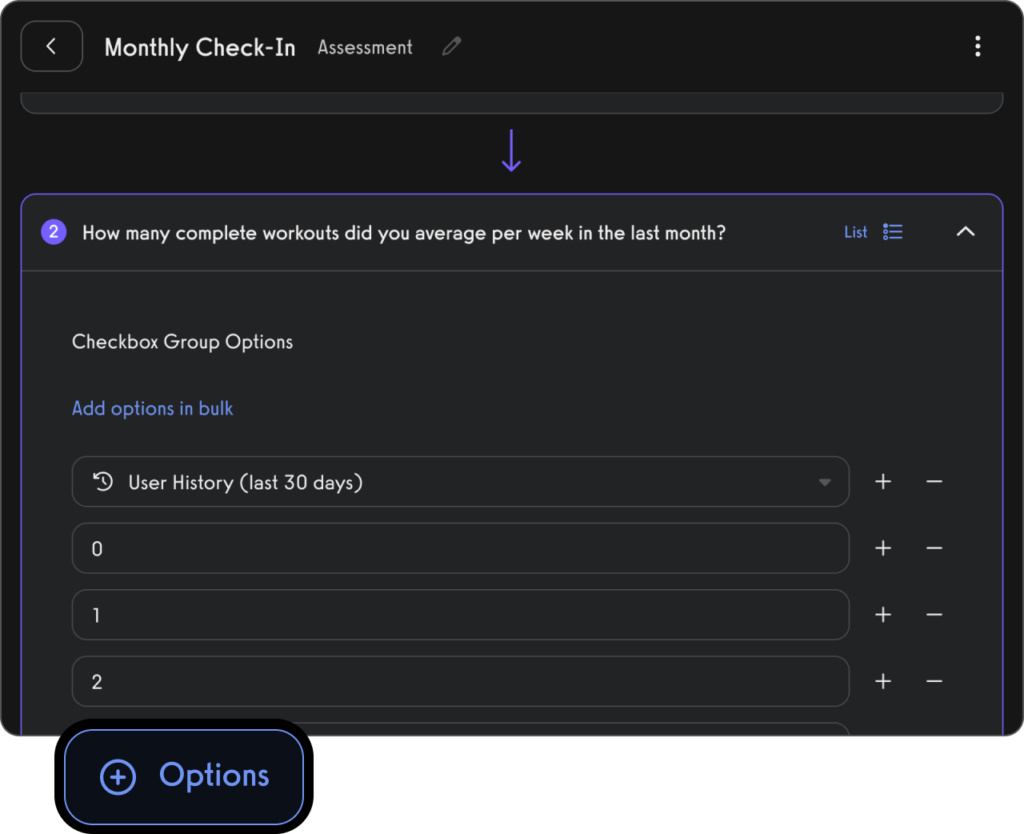
Use fitness habit tracking to inspire and motivate personal training clients (in-person and remote).

Use fitness progress photos to engage with clients.
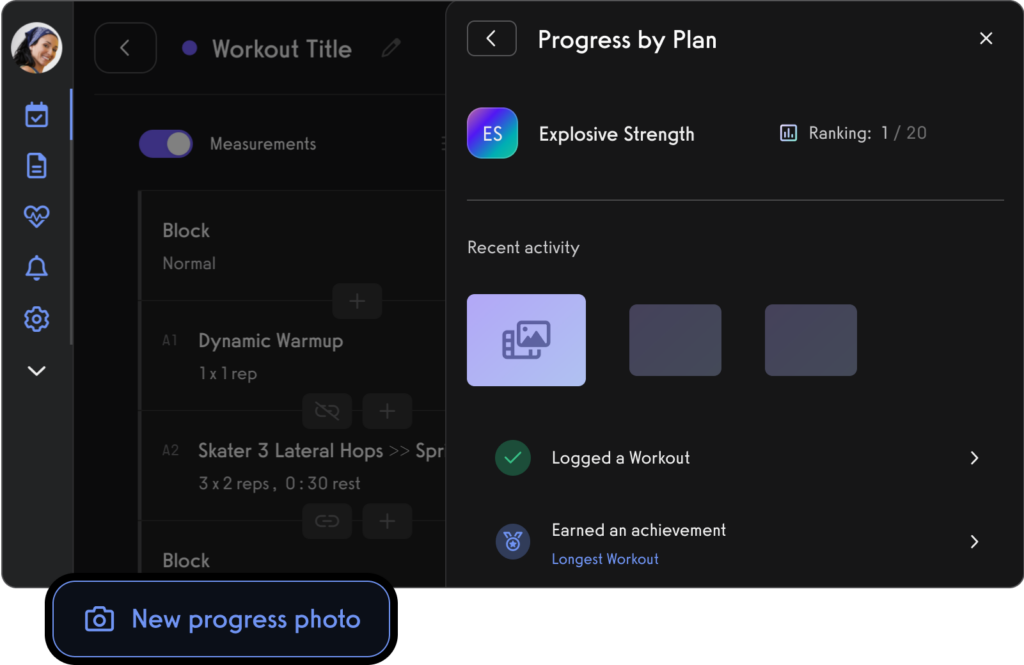
Use fitness leaderboards to track performance and inspire healthy competition.
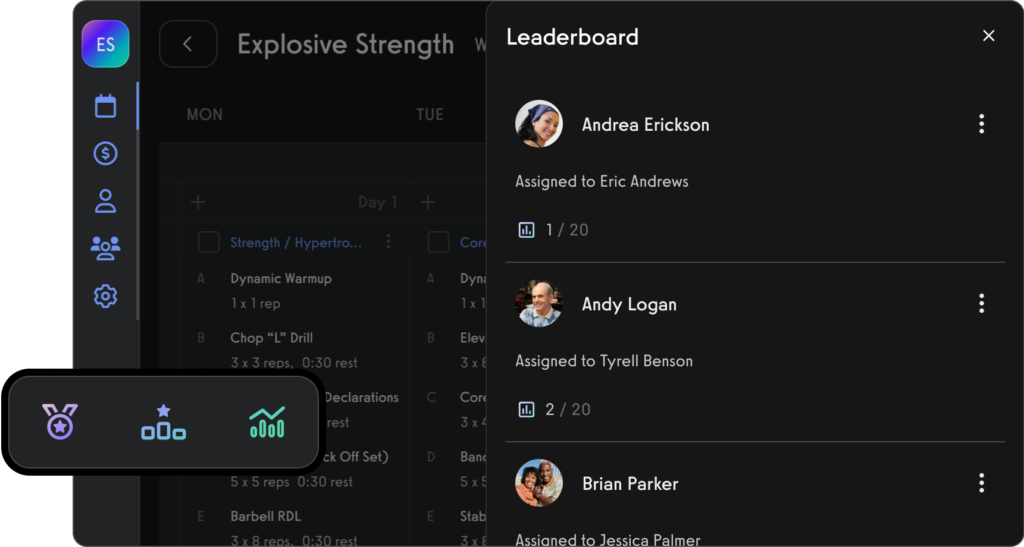
Use the exercise demonstration video library or create your own custom exercise demonstration videos.
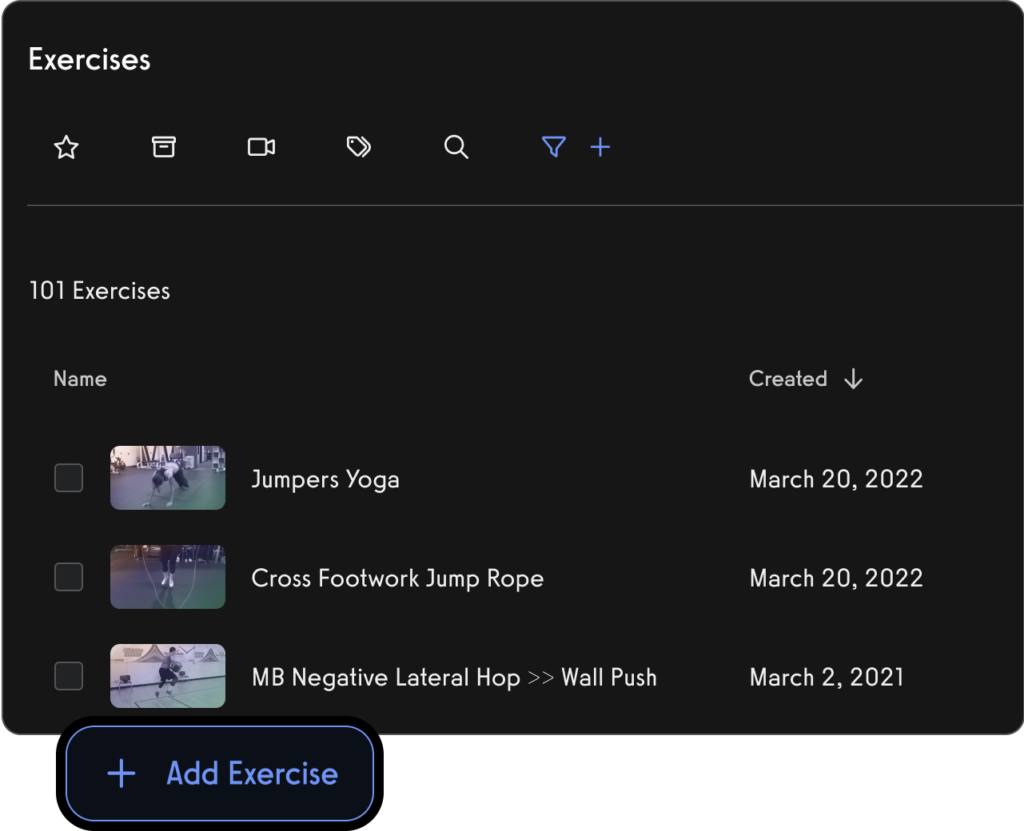
Create workout plans for parents and dependents, teams and more.

Manage personal training clients with ease.
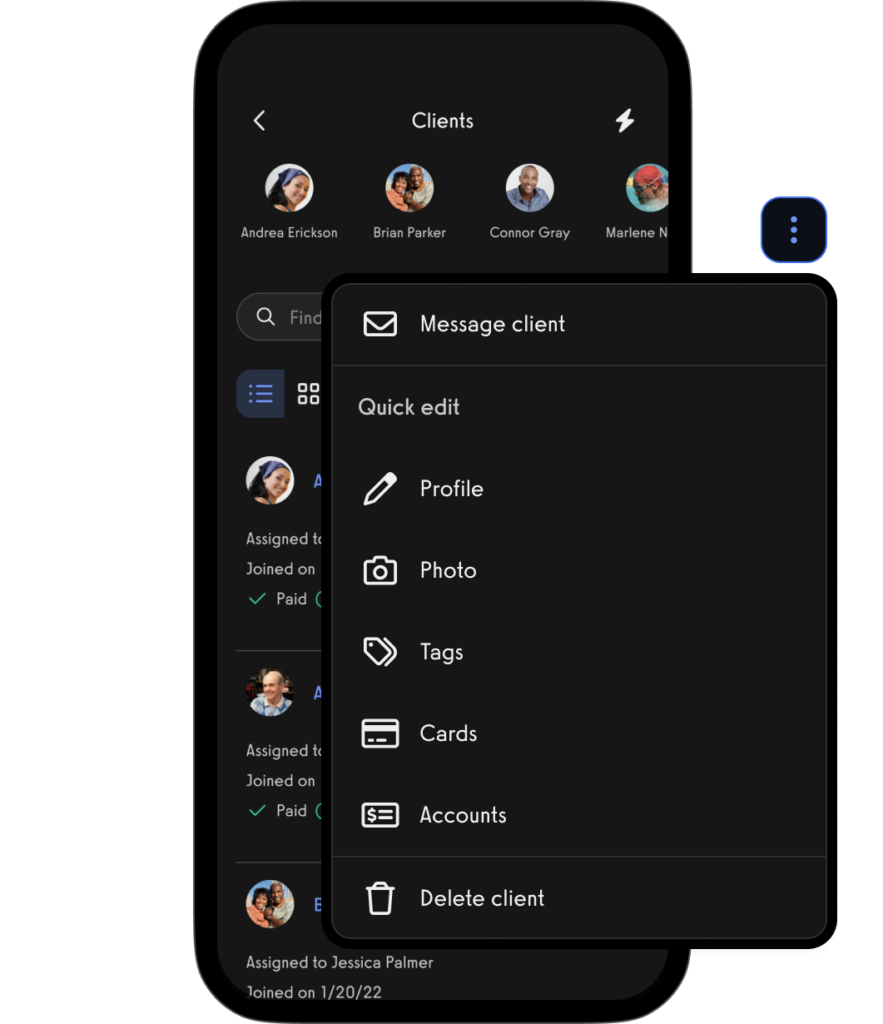
Book appointments for clients (Read More: Best Gym Booking Software)

Create classes and fitness groups

Manage fitness challenges (Read More: 100+ Fitness Challenge Ideas)
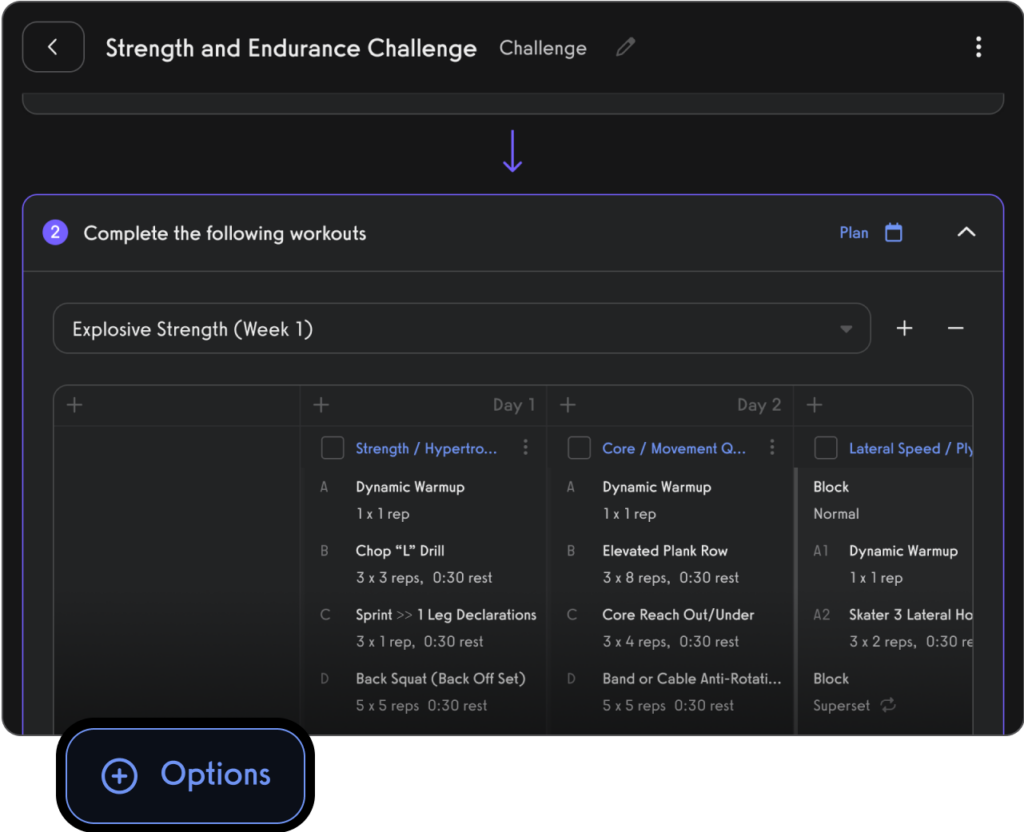
Process payments for open gym, classes, and personal training.

Communicate with gym members, athletes, team members, personal training clients, class members, parents, and dependents via SMS, email, and in-app push notification.
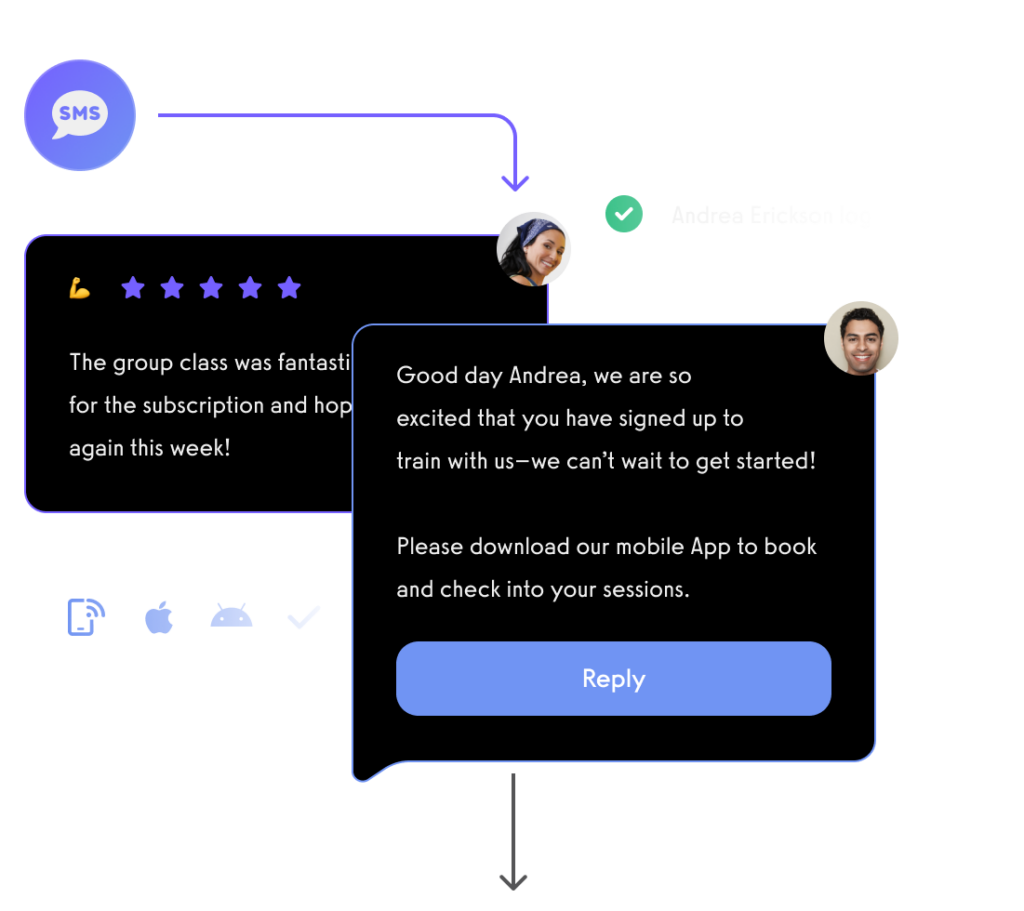
View performance over time, track personal records, and other fitness stats with performance reporting dashboards.

And of course, view all of your fitness business reports easily too.

All from your custom-branded fitness apps (Read More: Best Gym Mobile Fitness Apps Software)

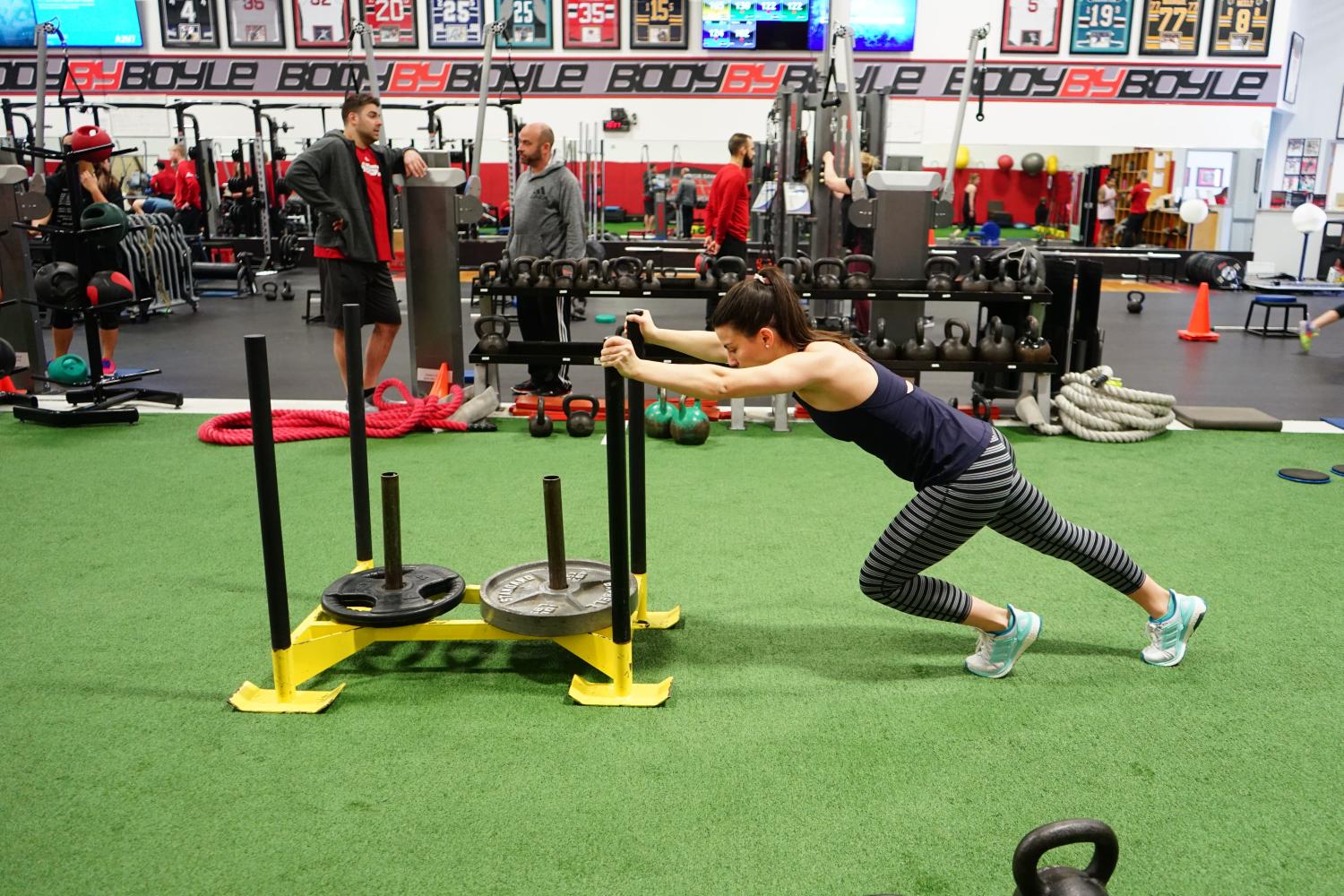
Want to learn how your fitness business can take it to the next level? Get a demo now!









